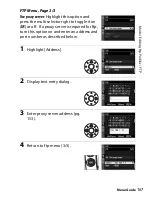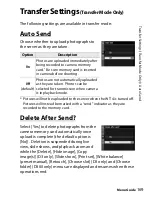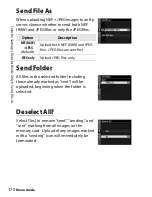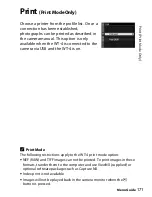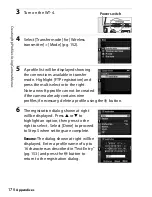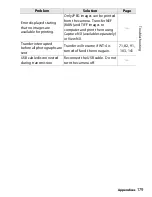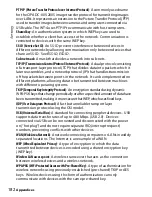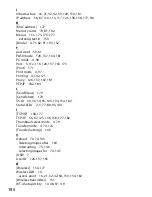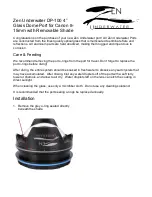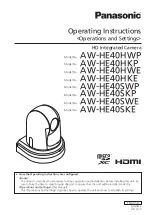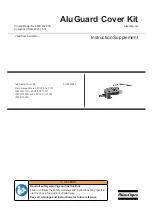
181
G
lossa
ry
Appendices
IEEE 802.11a/b/g
: Wireless LAN standards proposed by the 802 committee,
which develops LAN technology standards for the IEEE.
IIS (Internet Information Services)
: Microsoft’s name for its Web server software.
Notable for its close connection to Windows-based systems through
Active Server Pages (ASPs). When installed as part of the operating
system, IIS makes it relatively easy to build web a server.
Infrastructure
: Devices in an infrastructure network communicate via
wireless access points that may be connected to an Ethernet network,
allowing wireless and Ethernet devices to coexist on a single network.
IP address
: The address given to each node in a TCP/IP network. All nodes in
a TCP/IP network must have a unique IP address. Private IP addresses are
recommended for nodes that are part of a local network.
Key index
: A number identifying which WEP key is to be used for encryption
when communicating via an access point with more than one WEP key.
All devices on the network must use the same key index.
LAN (Local Area Network)
: A network of computers located in relatively close
proximity to one another. LANs generally support data transfer speeds of
10–100 Mbps.
MAC (Media Access Control) Address
: A unique hardware address for each device
on a network, required when sending and receiving packets.
Open system
: The name given to a wireless network using no authentication
(open authentication). Open systems are relatively insecure, as a
password is not required to gain access to the server.
PASV mode
: PASV mode is used by clients behind firewalls, when it allows
the ftp server to supply the port number.
Private IP address
: An IP address that is only visible within a local network.
Because packets using a private IP address can not be transmitted to
another network, they are usually sent between networks via a proxy
server or NAT. Private IP addresses in the range 10.0.0.0–10.255.255.255
are termed “class A.” Class B addresses are in the range 172.16.0.0–
172.31.255.255, class C addresses in the range 192.168.0.0–
192.168.255.255. The class of address used depends on the size of the
network. Class C addresses are often used for small networks.
Protocol
: A set of rules for passing information back and forth between
devices in a network. By defining such elements of communication as
how links are established, how receipt of a signal is acknowledged, how
data are encoded, and how to handle errors, a protocol ensures that data
are transmitted without loss of information.
Proxy
: A server that stands between large networks and local networks or
computers, typically to ensure security. One element of a firewall.
Summary of Contents for WT-4
Page 1: ...Wireless Transmitter En User s Manual ...
Page 41: ...Configuring the Network Windows XP Creating an Ad Hoc Network Introduction 29 5 Click Add ...
Page 67: ...55 Copying Network Profiles to the Camera Ad Hoc Networks Using the WT 4 with a Computer ...
Page 136: ...124 Copying Network Profiles to the Camera Ad Hoc Networks Uploading Images to an ftp Server ...
Page 156: ...Connecting to the ftp Server Uploading Images to an ftp Server 144 4 Click Close ...
Page 162: ...Uploading Images Uploading Images to an ftp Server 150 ...
Page 186: ...174 Device Settings Format Transmitter s Memory Menu Guide ...

